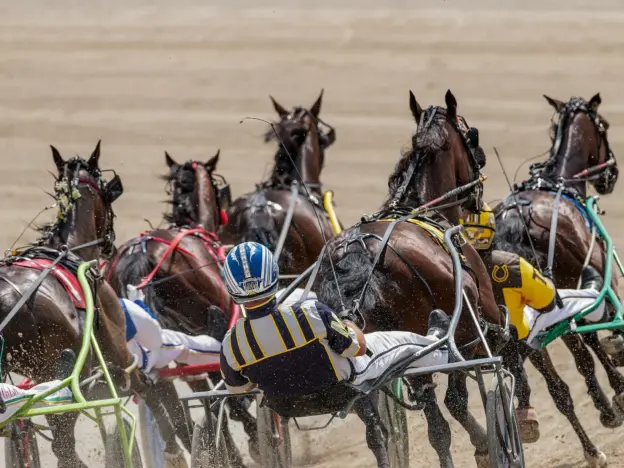Intro
While the sport of trotting has always been popular in the UK, it began to formalize near the end of the 19th century. Local animals were used for these races including Norfolk Trotters, Hackneys and Welsh Cobs. Later horses were imported to further develop the sport. These races were held for both pacers and trotters.
Origins
Once the sport was popular enough that animals were being imported for breeding from the US, European countries and even some Icelandic Horses. The Icelandic horses tended to be pacers, which were in fashion from 1890-1920. The first trotter stud book in Britain was established in 1889 by the Trotting Union of Great Britain. The first studbook was printed in 1892 and produced every year until the turn on the century.
There are specific rules which define what can be registered as a trotting horse and most of them have to do with performance. This can also extend to progeny, animals that produce fast trotters can also be registered even if they don’t have a record to prove their own speed.
Features
Average height 15-16 hands
Physique
Traditional Colors
Solid colors
Temperament
There are not standardized features for this breed but characteristics seem to persist.
Head has a straight profile or slightly convex
Breastbone is prominent
Croup is long and wide
Hindquarters are short
Use
Primarily racing
Helpful Links
*All links open in a new window
Standardbred and Trotting Horse Association of GBI (STAGBI)
